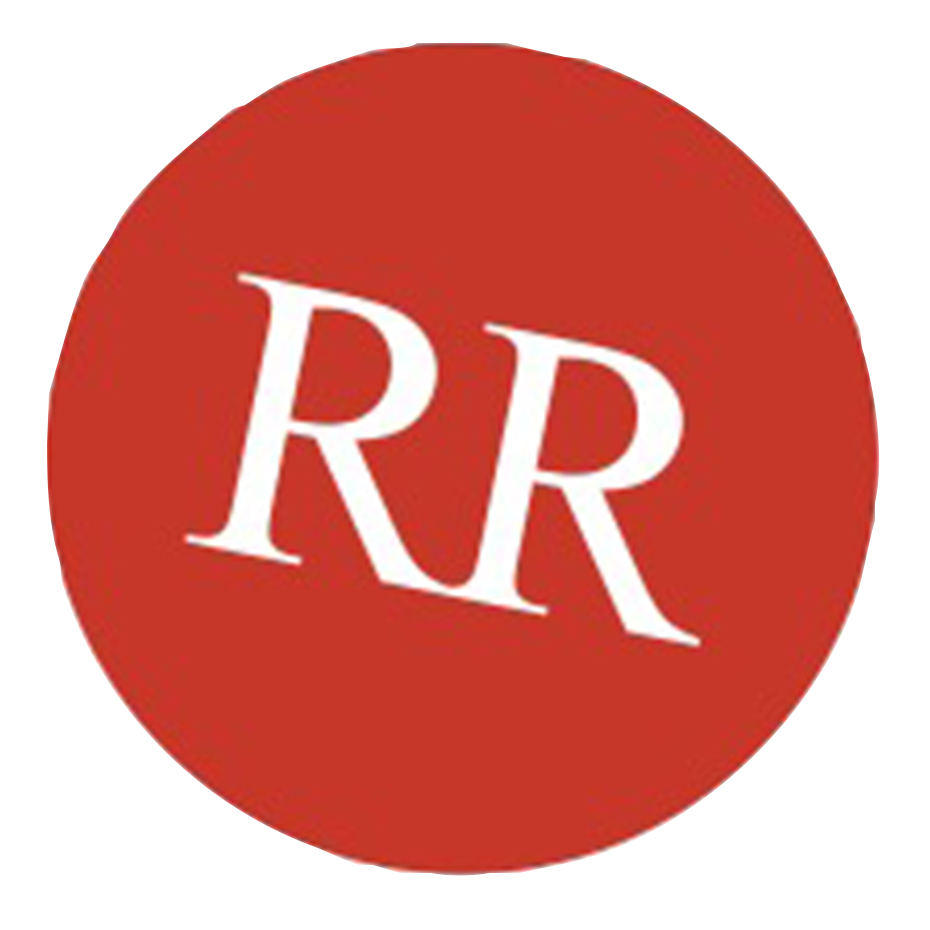The Aesthetics of Motion
Extract from the exhibition catalogue “Space Transforming Body”, June 2016, by Charlotte Silbermann
“Passions wander the house of the soul […] in clothes from bygone days” (1)
Condensations
Talk of the poetic has been used so over-excessively; its sense would seem to have dissolved into a sentimental nothingness. Thus the concept is in great danger of losing its impact even when it happens to be apposite. Nevertheless I dare to speak of Rebecca Raue’s collages as poetic works since they possess a lyrical quality that touches the core of poetic art: the element of condensation.
The collages of Rebecca Raue are condensations in more ways than one: they are overlays of materials; they interlace abstract and concrete imagery; and they collapse various spatial and temporal levels. In this way the artist condenses an internal world of sensibility and recollection with the external world of appearances.
Like her earlier works the more recent collages turn words into images and images into concepts. Writing, lines, colors and marks are woven into rhythmic compositions, generating a motion between what is visible and the invisible. His gaze constantly shifting, the viewer vacillates between sense experience and contemplation. One could also say the gaze is wandering back and forth in the impenetrable landscape of gesture and color. The endless circling of meanings is an almost physical experience. It is “the pleasure of the text” in Roland Barthes’ sense. The artistic form of condensation eludes clarity. To condense also entails an overextension—to the point at which we come to rest at the center of the spiral and yet suddenly understand.
Processuality and composition
An essential technique in Raue’s works is the gesture of overwriting. It formulates a kind of groping and searching, feeling one’s way, that precludes finality. The process of reworking is in principle an infinite one. The incessant quest for a positioning that is palpable in the collages is the key to the element of condensation. Raue’s color landscapes do not have a fixed beginning or end. Foreground and background, just like above and below, appear to be in motion.
That is not to say that the collages are not balanced spatial structures. In their entirety they emerge as well-composed and thoroughly formulated color spaces. Yet the compositions recall the chaotic structure of a churning ocean rather than Arcadian landscapes. On the smooth surface of the ground roaring vortexes blaze a trail of commotion. Gestures, words and lines seem to flood the image as “écritures automatiques.” Paradoxically, they appear to be unconscious subversions of the very pictorial system they are generating in the first place.
Aside from the unconscious waves of the picture’s formation time and again corrections, overpaintings and inserted photographs indicate deliberate interventions into the events of the image, as if they wanted to check any possible excess and chart the untamed seas. The expansion of the collages into the third dimension, too, confirms a conscious intervening into the picture’s formation. Cardboard elements protrude form the image space, lending fixed points of orientation to the labyrinth of the internal imagery. They surface as anchors, boats, doors, cliffs and stairways, while between these possibilities arise of “walking away,” gaps into the unknown.
In the collages unconscious flow of lines and pictorial control collide head-on, as it were, making them appear to be thoroughly composed and intuitive posits at the same time.
What is one’s own and what is alien
The figures in Raue’s images are fugitives and travelers, nomads and warriors, shadows, children, women and men from bygone ages and strange cultures. Are they different from the self?
A longing for the alien is always an expansion of what is one’s own and thus a challenge of the self. What does a structure of life look like that is different from the one familiar to me? That is the question implicit in these collages. It suggests a breaking up of systems, which have become gridlocked, and in doing so it forms the topical counterpart to the process-oriented aesthetics of the collages. The yearning for the other inherent in this is related to extending and questioning oneself—again a kind of motion and resorting.
Between 1924 and 1930 Hannah Höch, the mother of Modernist collage, too, worked with image material from cultures outside in her photomontages entitled Aus einem ethnographischen Museum (From an ethnographic museum). The artist combines images of cult objects from diverse ethnicities with photographs culled from Western fashion magazines. The resulting hybrid figures both reflect and create an ironic distance to the Western ideal of beauty and its attendant gaze, questioning our own, Western, customary ways of seeing.
Rebecca Raue eschews the element of alienation. Instead she embeds her photographic material in the movements of the composition. Making eye contact with a figure in one of Raue’s collages is like an encounter in an undetermined constellation without fixed position. Here, there is no clear boundary line between the alien and what is one’s own. In her works every unambiguous line is indistinct. All boundaries are blurred. On a map that does not actually establish anything even the alien and the past are no further from the self than the purportedly present and familiar.
(1) Konstantin Kavafis, „Im Haus der Seele,” in: Die vier Wände meines Zimmers, Munich/Vienna: Edition Akzente Hanser, 1994, p. 86.
